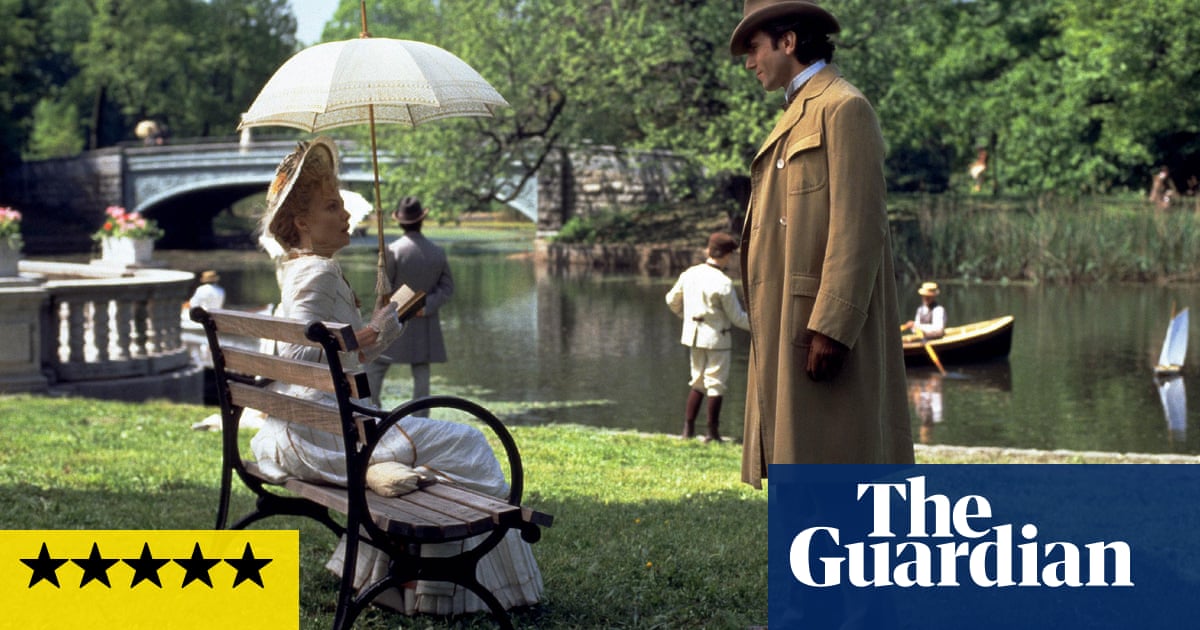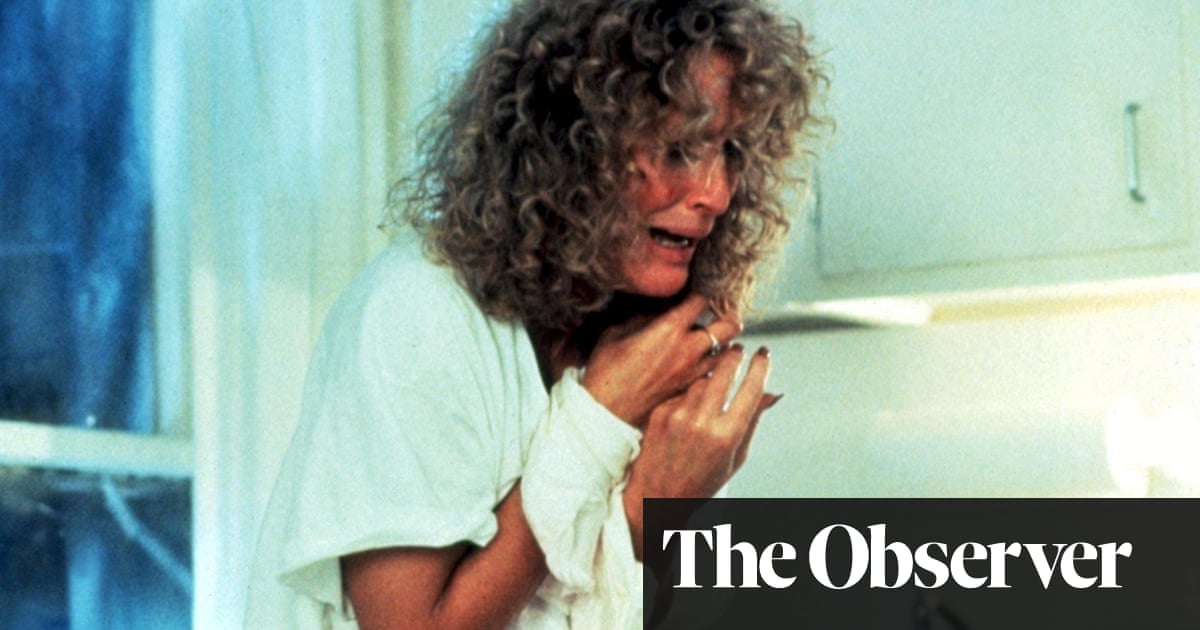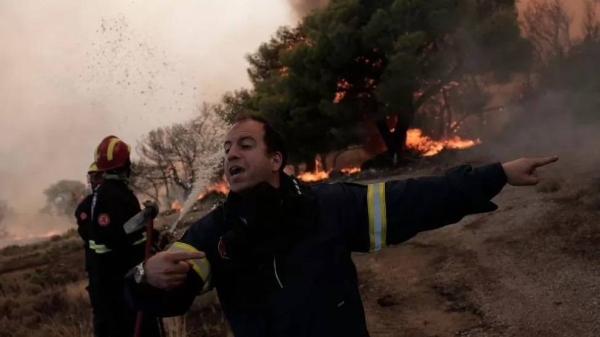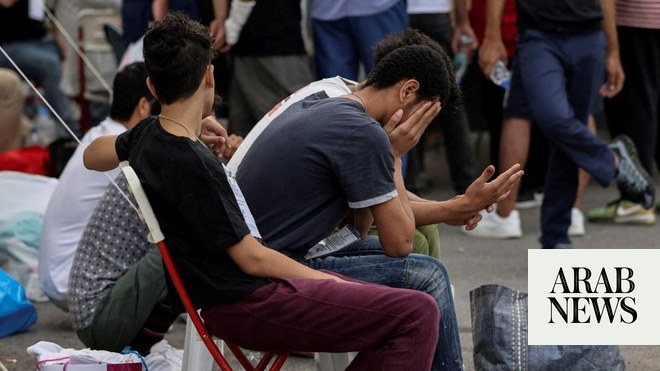
The fires are being stoked even before Age of Rage has started. Flames are fanned at the back of the stage while a gauzy screen with a luminous family tree flashes the names of ancient gods and royals. Zeus. Agamemnon. Tantalus. Clytemnestra. They zoom toward us like the opening credits for an action-packed movie.
Ivo van Hove’s makeover of ancient Greek tragedy, combining stories by Euripides and Aeschylus and produced by Internationaal Theater Amsterdam, turns out to be every bit as high-octane as these initial optics suggest. Age of Rage is not without its failings; at almost four hours long it is wildly messy, with some clunky elements in the text (adapted by Koen Tachelet and Van Hove, translated from Dutch to English by Gerard Koolschijn). But it brings ancient Greek tragedy exploding into our times. The story, featuring the fall of Troy and the house of Atreus, shows how the curse of war, the addictions of anger and revenge, the trappings of power and the abnegation of blame are still with us, all these centuries on.
The characters look small and insignificant as Agamemnon (Hans Kesting) and Menelaus (Gijs Scholten van Aschat) emerge in contemporary clothing (baggy trousers and tops) and Clytemnestra (Chris Nietvelt) saunters on in a sequined dress and stiletto boots. It all feels tame until the sacrifice of Iphigenia (Ilke Paddenburg) – to which Agamemnon agrees in exchange for progress in Greece’s war against Troy.
Her throat slit, Iphigenia resembles a dangling dead animal. The theatrical pyrotechnics do not let up from hereon in. Sometimes it feels as if we are at an unnervingly bloody rock concert, other times a grungy death metal club. Visually it is epic and elemental, with the flames at the back and earth at the front, along with the sound of water off stage.
There are thunderous strains of music by the collective BL!NDMAN complete with distorted vocals rising in moments of violence, and an almost constant throb of percussion, including a blacksmith’s wheel played with a knife. A smell of burning rises off Jan Versweyveld’s stunning set. Lights flash, smoke machines work from above and below, and a chorus of dancers thrash their limbs and stick out their tongues, half-human, half-animal (choreography by Wim Vandekeybus). The dead are wrapped in shrouds and lifted off the stage like parcelled meat or images from a Francis Bacon canvas, with buckets of blood poured from the rafters.
What stops it from feeling queasily glamorised in its violence is the depth of emotion. There is a specific focus on women’s tragedy within war. Men such as Agamemnon blame their violence on bigger forces: “We are slaves to the masses,” he says, speaking of the power of the people, of the oracle revealing Iphigenia’s sacrifice and of the gods, all the while absolving himself of blame. Some of the violence is sexualised, from the cutting of a penis to a sword piercing a vagina, but this savagery, more than ever now, feels like an appalling fact of war.
Women and children are shown to suffer, abjectly and graphically. Daughters who are sacrificed look impossibly young and innocent. Even more powerful is the mourning of mothers on both sides of the Greek and Trojan divide. The grief of Janni Goslinga’s Hecuba is immense as her daughter Cassandra (Maria Kraakman) is made Agamemnon’s concubine, while Polyxena and Polydoros (both Ilke Paddenburg) are killed. We see Hecuba crying protractedly over their disfigured bodies. We see her anger, too, that burns as hot as the flames on stage.
Clytemnestra and Helena are both played by Nietvelt in a sensational double performance, while Goslinga is every bit as riveting. The show makes immense demands on its performers who deliver with unfaltering energy.
If these ancient stories look simplified and cinematic here, their emotional and psychological complexities remain: we hear of Agamemnon’s uncertainty over sacrificing Iphigenia and the chilling psychology of martyrdom as she gives herself over. Later Clytemnestra’s intentions behind murdering Agamemnon are unpicked by her daughter, Elektra (Hélène Devos), and she and Orestes (Minne Koole) emerge as self-appointed, self-righteous moral agents, petulant in their tone, just as vengeful as their forefathers and deranged with bloodlust.
Where order is traditionally restored in the final story of Orestes with the appearance of Apollo, here the god looks almost cartoonish and his invocation to let grudges go seems deliberately pat. We end with a doom-laden song, more crashing metal sounds, and it is clear in Van Hove’s ancient Greece that the cycles of war, violence and revenge simply go on and on.












